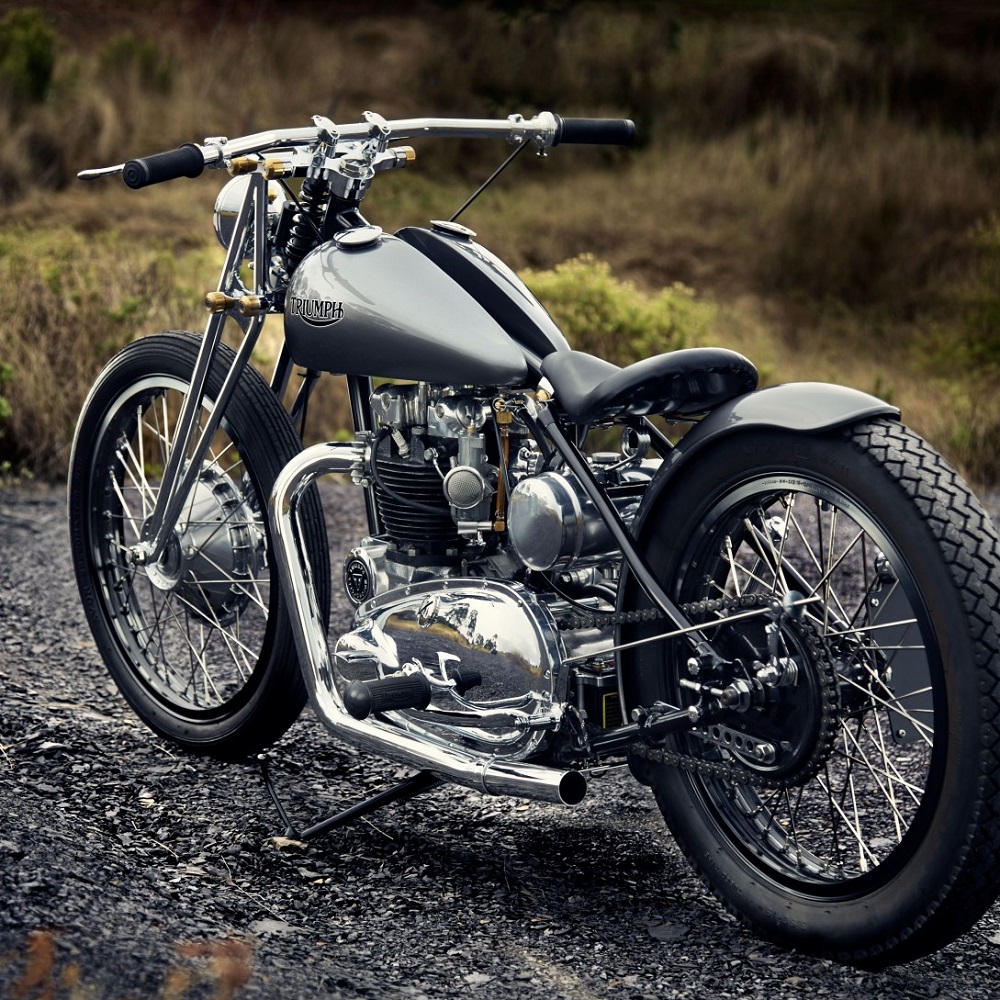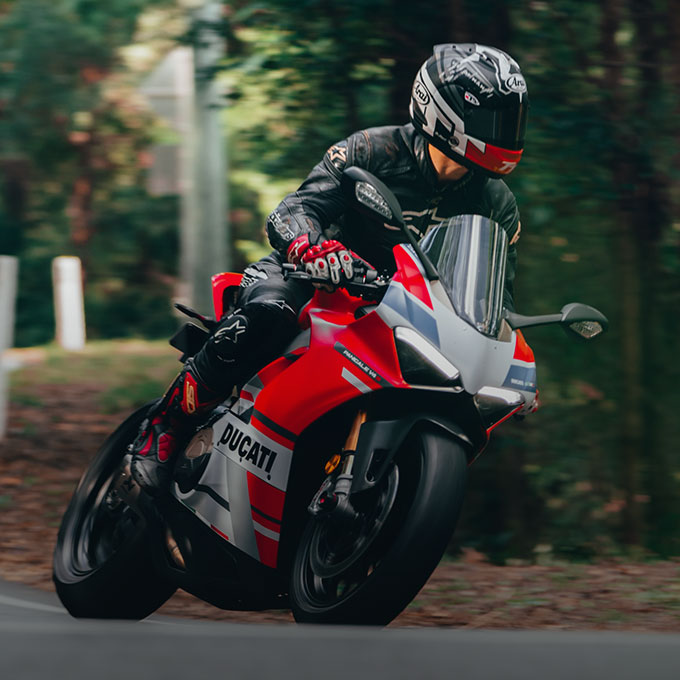Aug 12, 2024
Should I Buy a Motorcycle? A Guide to Making an Decision
The allure of the open road, the wind in your hair, and the exhilarating sense of freedom – motorcycles evoke a unique sense of adventure and excitement. However, before you embark on this thrilling journey, it’s crucial to weigh the pros and cons, assess your readiness, and make an informed decision. So, should you buy a motorcycle? Let’s explore the factors you need to consider.
The Thrill of the Ride: The Pros of Motorcycle Ownership
Motorcycles offer a unique and exhilarating riding experience that is unmatched by any other mode of transportation.
- Freedom and Adventure: Motorcycles provide an unparalleled sense of freedom and adventure. Cruising down scenic roads, feeling the wind rush past you, and experiencing the world in a whole new way can be incredibly liberating.
- Efficiency and Agility: Motorcycles are known for their fuel efficiency and maneuverability. They can zip through traffic, navigate tight spaces, and easily find parking, making them a practical option for urban dwellers.
- Community and Camaraderie: The motorcycle community is a vibrant and welcoming one. Owning a motorcycle can open doors to new friendships, group rides, and a shared passion for the open road.
The Risks and Challenges: The Cons of Motorcycle Ownership
While motorcycles offer numerous benefits, it’s crucial to be aware of the inherent risks and challenges associated with riding.
Safety Concerns
Motorcycles are inherently more vulnerable than cars, and accidents can result in serious injuries or even fatalities. It’s essential to prioritize safety, wear protective gear, and receive proper training before hitting the road.
Weather Dependence
Motorcycles are largely weather-dependent. Rain, snow, or extreme temperatures can make riding uncomfortable or even dangerous.
Maintenance and Costs
Motorcycles require regular maintenance and upkeep to ensure their safety and longevity. The costs associated with purchasing gear, insurance, and repairs can also add up.
Assessing Your Readiness: Factors to Consider
Before making a decision, it’s essential to honestly assess your readiness for motorcycle ownership.
- Experience and Skills: Have you ever ridden a motorcycle before? If not, it’s highly recommended to take a motorcycle safety course and practice in a controlled environment before venturing onto public roads.
- Financial Preparedness: Can you comfortably afford the costs associated with purchasing, maintaining, and insuring a motorcycle? It’s important to budget for these expenses before making a commitment.
- Lifestyle and Commitment: Do you have the time and dedication to maintain a motorcycle and practice safe riding habits? Owning a motorcycle is a responsibility that requires ongoing attention and care.
Choosing the Right Motorcycle: Finding Your Perfect Match
If you’ve decided to take the plunge into motorcycle ownership, choosing the right bike is crucial.
- Riding Style and Purpose: Consider your riding style and intended use. Are you looking for a cruiser for leisurely rides, a sportbike for adrenaline-pumping thrills, or a dual-sport for on- and off-road adventures?
- Experience Level: Choose a motorcycle that matches your skill level. Starting with a smaller, less powerful bike is often recommended for beginners.
- Comfort and Fit: Make sure the motorcycle fits you comfortably and allows for proper control and maneuverability.
Safety should always be your top priority when riding a motorcycle. Invest in quality protective gear, including a helmet, jacket, gloves, boots, and pants. Additionally, practice defensive riding techniques, obey traffic laws, and always be aware of your surroundings.
Deciding whether to buy a motorcycle is a personal choice that requires careful consideration. Weigh the pros and cons, assess your readiness, and choose the right bike for your needs and experience level.
Remember, motorcycle riding is a thrilling and rewarding experience, but it also comes with inherent risks. By prioritizing safety, practicing responsible riding habits, and embracing the journey, you can create unforgettable memories on the open road.

The Call of the Community: Connecting with Fellow Riders
Beyond the individual experience, motorcycles offer a unique sense of community and camaraderie.
- Shared Passion: Motorcycle enthusiasts often share a deep passion for the open road, the thrill of riding, and the sense of freedom it provides. This shared passion creates a strong bond among riders, fostering a sense of belonging and connection.
- Group Rides and Events: Motorcycle clubs and organizations offer opportunities to connect with fellow riders, participate in group rides, and attend events like rallies and shows. These gatherings provide a chance to socialize, share experiences, and celebrate the motorcycle lifestyle.
- Online Communities: The internet has facilitated the growth of online motorcycle communities, where riders from all over the world can connect, share tips and advice, and build lasting friendships.
Environmental Considerations: Motorcycles and the Planet
While motorcycles are often praised for their fuel efficiency compared to cars, their environmental impact is a complex issue.
- Emissions: Motorcycles generally produce fewer emissions than cars, contributing less to air pollution and greenhouse gas emissions. However, their emissions can still have a negative impact on the environment.
- Noise Pollution: Motorcycles can be quite loud, especially when accelerating or revving the engine. This noise pollution can be disruptive to residents living near popular riding routes or highways.
- Sustainable Practices: Some motorcycle manufacturers are focusing on developing more sustainable and eco-friendly models, incorporating technologies like electric engines and hybrid powertrains.
The Learning Curve: Mastering the Skills of Riding
Learning to ride a motorcycle is a rewarding but challenging endeavor. It requires dedication, practice, and a willingness to learn and adapt.
- Motorcycle Safety Courses: Enrolling in a motorcycle safety course is highly recommended for all aspiring riders. These courses provide essential training on basic riding skills, safety practices, and traffic laws.
- Practice and Patience: Mastering the art of motorcycle riding takes time and practice. Start in a controlled environment, like an empty parking lot, and gradually build your skills and confidence.
- Ongoing Learning: Even experienced riders can benefit from continuing education and training. Consider attending advanced riding courses or workshops to hone your skills and stay up-to-date on safety practices.
The Emotional Connection: Motorcycles and the Soul
For many, motorcycles represent more than just a mode of transportation. They evoke a deep emotional connection and a sense of self.
- Stress Relief and Mindfulness: The act of riding a motorcycle can be incredibly therapeutic, offering a chance to escape from everyday stresses and immerse oneself in the present moment.
- Empowerment and Confidence: Mastering the challenges of motorcycle riding can boost confidence and self-esteem, creating a sense of empowerment and accomplishment.
- Personal Expression: Motorcycles can be customized and personalized to reflect the rider’s unique style and personality, serving as an extension of their identity.
The Test Ride: Experiencing the Motorcycle Firsthand
Before committing to a purchase, it’s essential to test ride the motorcycle you’re considering. A test ride allows you to experience the bike’s handling, power, and comfort firsthand, ensuring it’s the right fit for you.
- Find a Reputable Dealer: Choose a reputable dealership that offers test rides and allows you to experience the motorcycle in various riding conditions.
- Wear Proper Gear: Even for a short test ride, wear appropriate protective gear, including a helmet, jacket, and gloves.
- Take Your Time: Don’t rush the test ride. Take your time to get comfortable with the bike, test its acceleration and braking, and navigate different road conditions.
- Listen to Your Instincts: Pay attention to how the motorcycle makes you feel. Does it feel comfortable and intuitive to ride? Does it inspire confidence? Trust your instincts and choose a bike that resonates with you.
Conclusion: The Road Awaits
Deciding whether to buy a motorcycle is a significant decision with both exhilarating rewards and inherent risks. By carefully weighing the pros and cons, assessing your readiness, and making informed choices, you can embark on a fulfilling and safe motorcycle journey.
Remember, motorcycle ownership is a commitment that extends beyond the thrill of the ride. It’s about embracing a lifestyle, connecting with a community, and fostering a deep appreciation for the open road.
So, if you’re ready to embrace the adventure, the road awaits!




























